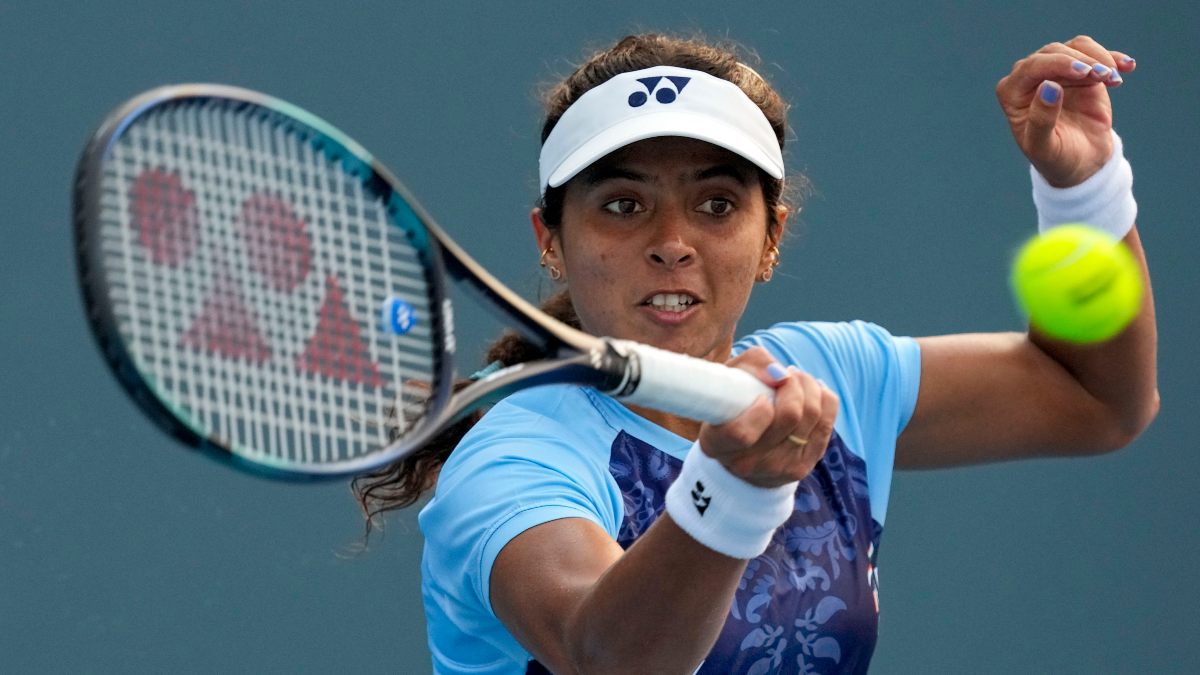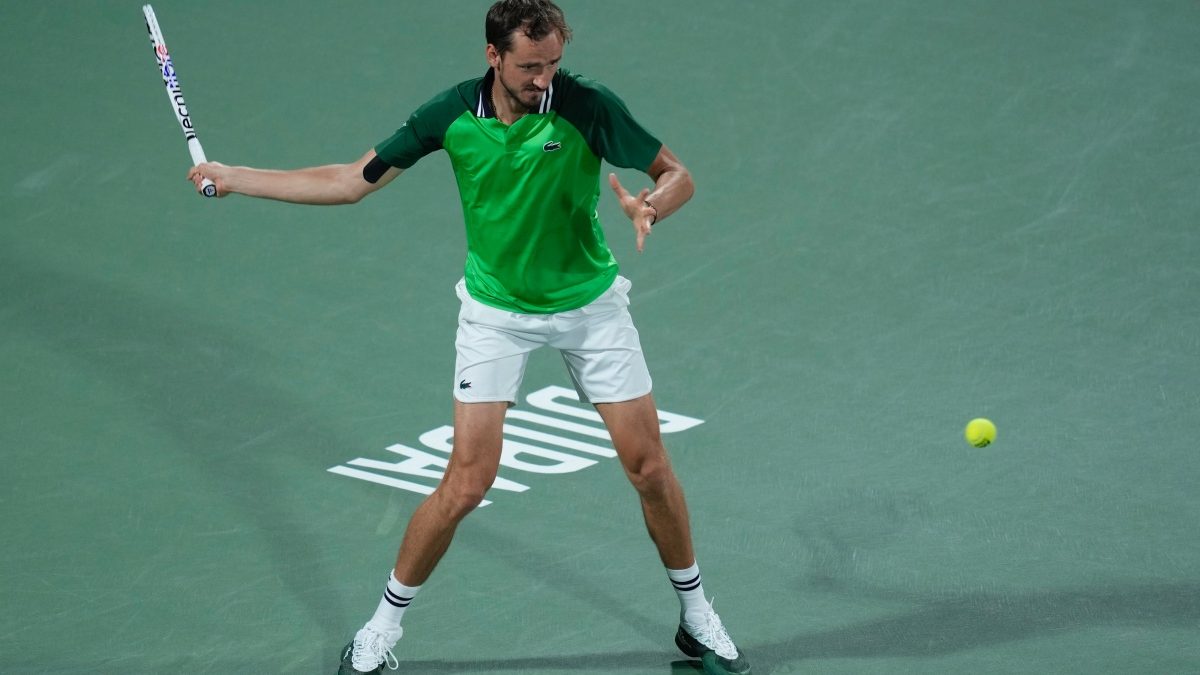The International Tennis Federation (ITF) on Wednesday finally declared its verdict in the three-month-long saga involving Russian tennis star Maria Sharapova and her failed drug test. The federation announced a potentially career-ending two-year suspension for testing positive for a banned substance, meldonium.
My initial reaction to the judgment was one of shock, instantly labelling it as “harsh”. After all, Sharapova had only been using the drug illegally for a couple of months (it had been added to the World Anti-Doping Agency’s prohibited substances list on 1 January, 2016, and Sharapova was notified of a positive test on 2 March ). There was also no precedent of a tennis player having served such a long suspension; in fact, several other athletes had meldonium bans overturned amid uncertainty over the time the drug takes to clear the human body.
I had earlier reasoned that the five-time grand slam champion would probably be handed a six-month to a one-year suspension. But turns out, the devil is in the details.
The ITF, which has in the past been accused of lacking efficiency and transparency, released a 33-page document of its judgment. This verdict is a well-written, thorough and — dare I say — amusing read, with damning nuggets hidden in its legal parlance.
Point-by-point, the document tears down Sharapova and her manager Max Eisenbud’s defence and lambasts their negligence and ignorance.
The Individual Tribunal was held to establish three things — the intentions behind Sharapova’s use of the drug, whether she was at fault for her continued use and the measure that her team and ITF had taken to check WADA’s Prohibited List. According to the tribunal report, Sharapova started taking meldonium as an 18-year-old in 2005 at the advice of her family doctor, Dr Antoly Sklany, in Moscow. Skalny prescribed “a detailed medicinal and nutritional regime, which at the outset, comprised about 18 medications and supplements” to boost her immune system. One of those medications was Mildronate — whose active ingredient is meldonium. By 2010, Skalny’s cocktail of substances had grown to an alarming 30.
For six years straight, Sharapova followed his regimen. But in 2013, having “found the taking of lots of pills overwhelming”, she left Skalny’s care. Sharapova continued to use three of the substances he recommended, one of which was Mildronate. Now here comes the incriminating part. The report states, “On the evidence of her manager, this use of Mildronate by Sharapova was not known to Sharapova’s team, except for her father and, from 2013, Eisenbud himself. It was not known to her coach, her trainer, her physio who was responsible for recommending recovery drinks during and post matches, her nutritionist who was responsible for her food and supplement intake, nor any of the doctors she consulted through the WTA.”
“Nor was the use of Mildronate disclosed to the anti-doping authorities on any of the doping control forms which Sharapova signed in 2014 and 2015,” it said.
Sharapova’s explanation for not disclosing the use during a period when the drug wasn’t even illegal is vague at best. “I did not feel it was a huge responsibility of mine to write all those medications down. As I said before, in hindsight, this is a mistake of mine. I did not feel it was a responsibility to have to write down every single match drink I was taking, gel, vitamin that I was taking,” she said.
After updating the Prohibited List on its website at the start of the year, the ITF sent out e-mails to all players and their support staff regarding the changes. They also handed out “wallet cards”, which listed substances and methods prohibited in and out of competition, including meldonium.
Despite these efforts, neither Sharapova nor her manager — one of the only other two people to know about her drug use — noted the change. Eisenbud testified that he was responsible for checking Sharapova’s medications and supplements against the WADA Prohibited List. He blames his oversight at the end of 2015 on – I kid you not – his separation from his wife.
Here’s what he said: “My system…in November of every year, I would go on vacation in the Caribbean, after the championships. I would have my assistant print out the most updated doping prohibited list, along with the new proposed WTA and ATP rules, the calendar for next year. I would make a file. I would go on vacation and sit at the pool, with all the substances that my players were taking, and then sit there and just cross-check, to make sure that everybody, what they were doing, was not prohibited. In 2015, I didn’t go on vacation for obvious reasons,” he testified.
I have heard 12-year-olds come up with better excuses for not doing their homework.
The verdict comes down hard on Eisenbud and minces no words. “The idea that a professional manager, entrusted by IMG with the management of one of its leading global sporting stars, would so casually and ineptly have checked whether his player was complying with the anti-doping programme, a matter critical to the player’s professional career and her commercial success, is unbelievable. The tribunal rejects Eisenbud’s evidence,” it said.
The report asks as to how an elite player in the position of Sharapova, with the assistance of a professional team including the very best sporting and medical advice obtainable, could ever have placed herself in the position of taking a prohibited substance. This puzzling issue is at the very crux of the case. Call it negligence or sheer ignorance, the player and her team is at fault.
The report accepts that the tennis player’s use of the banned drug was not “intentional”. It states, “Sharapova did not appreciate that Mildronate contained a substance prohibited from 1 January, 2016. However she does bear sole responsibility for failing to take any steps to check whether the continued use of this medicine was permissible.”
“If she had not concealed her use of Mildronate from the anti-doping authorities, members of her own support team and the doctors whom she consulted, but had sought advice, then the contravention (violation of law) would have been avoided,” it said.
As Owen Gibson notes in The Guardian, the devastating verdict delivered by the tribunal concludes in an almost Shakespearean fashion: “She is the sole author of her own misfortune.” The entire verdict reads like a comedy of errors, but there is no happy resolution for the Russian in the end.
Considering the chain of actions and circumstances that led to her positive test, it is hard to argue that the punishment meted out is harsh. The ITF could have handed out the maximum four-year ban applicable in such doping violations but reduced it to two on the basis of her unintentional use.
As it stands, Sharapova will be out of action till 26 January, 2018. She and her lawyer, John Haggerty, have announced their intention of appealing at the Court of Arbitration for Sport (CAS), and recent history suggests that the player-friendly body might reduce her ban.
For once, the ITF has delivered a strong message to every player, making its stance on anti-doping abundantly clear. Sharapova may be one of the highest-paid athletes and star attractions of the sport, but a two-year ban suggests that the federation is in no mood of relenting on its policies.
Let’s hope the CAS follows suit.


)




)
)
)
)
)
)
)
)